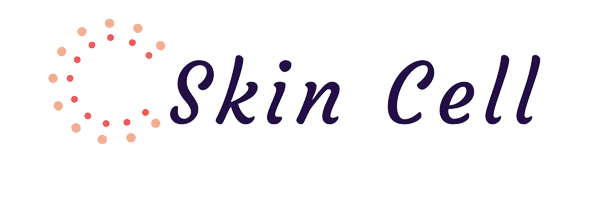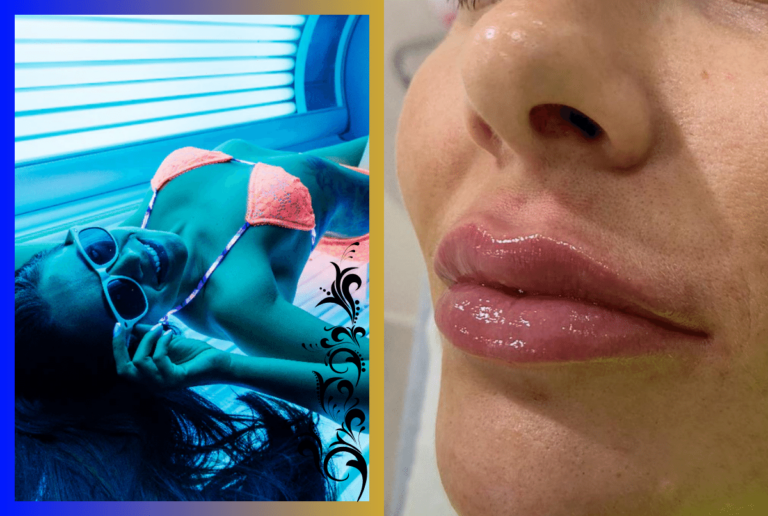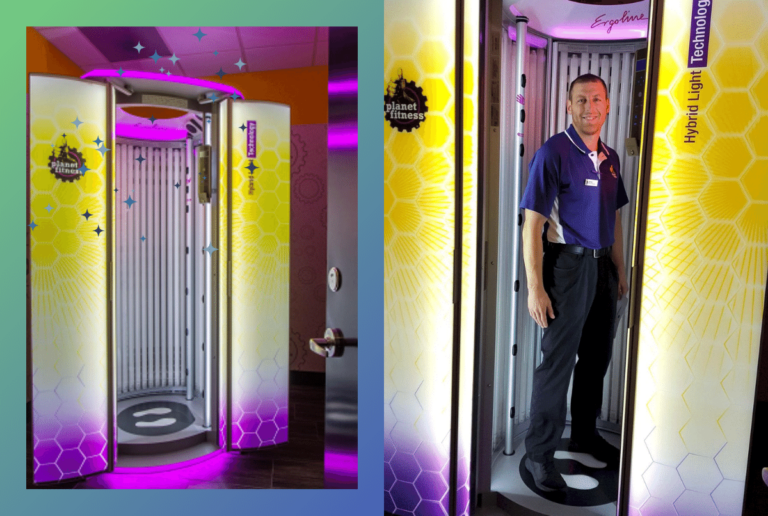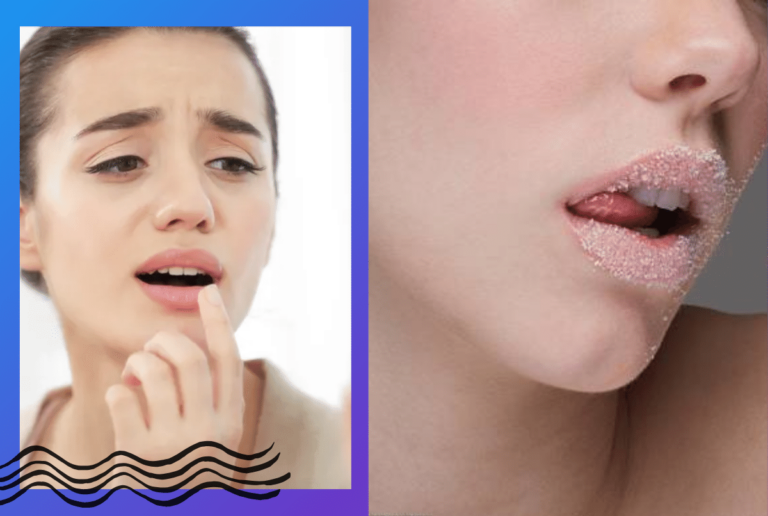Is Red Light Therapy Safe for Botox?
Wondering if red light therapy is a safe choice post-Botox?
It’s a valid concern for anyone looking to enhance their skincare routine with both treatments. Red light therapy, with its ability to promote cell regeneration and reduce inflammation, seems like a perfect complement to Botox’s wrinkle-smoothing capabilities.
But, as with any combined treatment, it’s essential to understand how they interact and what considerations need to be made for safety and effectiveness.
Well, we’ll be going over:
- What exactly is red light therapy, and how does it benefit the skin?
- Can red light therapy safely be paired with Botox treatments?
- What are the key points to remember when combining red light therapy with Botox?
Let’s dive in.

Understanding Red Light Therapy
Red light therapy has been shown to have numerous benefits for the skin, including reducing inflammation, improving blood flow, and stimulating collagen production. It is a safe and non-invasive treatment that can be used to improve a variety of skin conditions, including acne, rosacea, and sun damage. However, when it comes to combining red light therapy with Botox, there are some important considerations to keep in mind.
Key Takeaways
- Red light therapy is a safe and non-invasive treatment that can improve skin texture and reduce inflammation.
- Combining red light therapy with Botox may raise concerns about safety and efficacy.
- It is important to consult with a qualified healthcare professional before combining these treatments.
Understanding Red Light Therapy
Basics of Red Light Therapy
Red light therapy (RLT) is a non-invasive, painless treatment that uses red and infrared light-emitting diodes (LEDs) to deliver low-power energy to the skin. This therapy is also known as photobiomodulation or low-level laser therapy (LLLT). Red light therapy has been used for decades to promote healing, reduce inflammation, and improve cellular function.
Red light therapy is often used as a skin rejuvenation treatment. It has been shown to improve the appearance of fine lines, wrinkles, and hyperpigmentation. Additionally, red light therapy has been studied for its potential to treat skin cancer and other skin conditions.
Photobiomodulation and Skin Health
Photobiomodulation is the process by which light energy is absorbed by cells, stimulating cellular function and promoting healing. Red light therapy is a form of photobiomodulation that has been shown to be effective in improving skin health.
Red light therapy can improve skin health by increasing collagen production, reducing inflammation, and improving blood flow. Collagen is a protein that is essential for healthy skin. As we age, collagen production decreases, leading to wrinkles and sagging skin. Red light therapy can help to increase collagen production, resulting in smoother, firmer skin.
Inflammation is a natural response to injury or infection, but chronic inflammation can lead to a variety of health problems, including skin conditions such as acne and rosacea. Red light therapy has been shown to reduce inflammation, improving the appearance of these conditions.
Finally, red light therapy can improve blood flow, providing the skin with the nutrients and oxygen it needs to stay healthy. Improved blood flow can also help to reduce the appearance of dark circles and puffiness around the eyes.
Overall, red light therapy is a safe and effective treatment for improving skin health. It is non-invasive, painless, and has few side effects. If you are considering red light therapy, be sure to talk to your healthcare provider to determine if it is right for you.
Botox and Red Light Therapy Interaction
If you are considering combining Botox treatment with red light therapy, it is important to understand the potential effects of this combination. Here, we will discuss the interaction between Botox and red light therapy, and how it can affect your skin.
Effects of Red Light on Botox Treatment
Red light therapy is a non-invasive treatment that uses low-level light to repair and rejuvenate the skin. It is often used to reduce the appearance of wrinkles, fine lines, and other signs of aging. When used in combination with Botox treatment, red light therapy can help to enhance the effects of Botox and promote faster healing.
Red light therapy works by stimulating the production of collagen, a protein that is essential for skin repair and rejuvenation. Collagen helps to improve skin elasticity, reduce the appearance of wrinkles, and promote a more youthful appearance. By promoting collagen production, red light therapy can help to enhance the effects of Botox treatment and improve overall skin health.
In addition to promoting collagen production, red light therapy can also help to reduce swelling and bruising associated with Botox treatment. This can help to minimize downtime and promote faster healing.
When used properly, red light therapy is generally considered safe for most people. However, it is important to consult with a qualified healthcare professional before undergoing any new treatment, especially if you have a history of skin problems or other medical conditions.
Overall, the combination of Botox treatment and red light therapy can be an effective way to promote skin rejuvenation and repair. By stimulating collagen production and reducing swelling and bruising, red light therapy can help to enhance the effects of Botox treatment and promote faster healing.
Safety and Efficacy of Red Light Therapy
Red light therapy is a non-invasive treatment that uses low-level red wavelengths to stimulate the skin’s natural healing process. It is used to treat a variety of skin conditions, including acne, inflammation, scarring, and signs of aging. But is red light therapy safe for those who have had botox?
Clinical Evidence and Dermatologist Views
According to a study published in the Journal of Cosmetic and Laser Therapy, red light therapy can be safely used in combination with botox treatments. The study found that red light therapy can enhance the effects of botox by improving the skin’s texture, tone, and overall appearance.
Dermatologists also suggest that red light therapy is a safe and effective treatment for a variety of skin conditions. It can help reduce inflammation, redness, and pain, while also promoting collagen production and wound healing. Red light therapy can also improve the skin’s appearance by reducing fine lines, wrinkles, and other signs of aging.
Potential Side Effects and Risks
While red light therapy is generally considered safe, there are some potential side effects and risks to be aware of. These include:
- Eye damage: Red light therapy can be harmful to the eyes if the light is too intense or if the eyes are not properly protected. It is important to wear protective goggles during treatment.
- Skin irritation: Some people may experience skin irritation or redness after red light therapy. This is usually temporary and will go away on its own.
- Cost: Red light therapy can be expensive, and it may not be covered by insurance.
Overall, red light therapy is a safe and effective treatment for a variety of skin conditions. It can be used in combination with botox treatments to enhance the skin’s texture, tone, and overall appearance. However, it is important to be aware of the potential side effects and risks associated with red light therapy, and to consult with a dermatologist before beginning treatment.
Optimizing Red Light Therapy Post-Botox
If you’ve recently undergone Botox treatment, you may be wondering if red light therapy is safe for your skin. The good news is that red light therapy is generally considered safe and effective for most skin types, including those that have undergone Botox treatment. In fact, red light therapy can even help optimize the benefits of your Botox treatment.
Best Practices and Treatment Scheduling
When it comes to optimizing red light therapy post-Botox, there are a few best practices you should keep in mind. First, it’s important to wait at least 24 hours after your Botox treatment before undergoing red light therapy. This will give your skin time to heal and reduce the risk of any adverse reactions.
In terms of treatment scheduling, it’s generally recommended to undergo red light therapy 2-3 times per week for optimal results. Each session should last between 10-20 minutes, depending on the strength of the device and the specific needs of your skin.
It’s also important to note that red light therapy should not be used as a replacement for Botox treatment. While red light therapy can help rejuvenate the skin and promote collagen production, it cannot provide the same muscle-relaxing effects as Botox.
Overall, red light therapy can be a safe and effective way to rejuvenate your skin post-Botox. By following best practices and treatment scheduling, you can optimize the benefits of both treatments and achieve a more youthful, radiant complexion.
Choosing the Right Red Light Therapy Devices
Red light therapy is a non-invasive treatment that uses low-level wavelengths of red or near-infrared light to improve skin health and overall well-being. It is a safe and effective treatment that has been used for decades to treat a variety of conditions, including pain relief, wound healing, and skin rejuvenation.
When it comes to choosing the right red light therapy device, there are a few key features to consider. In this section, we will discuss these features to help you make an informed decision.
At-Home vs. Professional Devices
Red light therapy devices are available in two main categories: at-home devices and professional devices. At-home devices are designed for personal use and are typically less powerful than professional devices. They are also more affordable and convenient, as they can be used in the comfort of your own home.
Professional devices, on the other hand, are typically found in salons, gyms, or tanning salons and are used by estheticians or other professionals. They are more powerful than at-home devices and can produce more significant results. However, they are also more expensive and require a visit to a professional.
Key Features to Consider
When choosing a red light therapy device, there are several key features to consider. These include:
- Cost: At-home devices are generally more affordable than professional devices, but can still range in price. Consider your budget when choosing a device.
- Insurance: Red light therapy is not typically covered by insurance, so you will need to pay out of pocket for the treatment.
- Type of device: There are several types of red light therapy devices, including soft laser therapy, PBM, and LPLT. Each type has its own benefits and drawbacks, so consider which type is best for your needs.
- Wavelength: Red light therapy devices emit red or near-infrared light. The wavelength of the light can affect the results you see, so choose a device with a wavelength that is appropriate for your needs.
- Blood circulation: Red light therapy has been shown to improve blood circulation and ATP production. Look for a device that can improve blood circulation.
- Space: Consider the size of the device and the space you have available for it. At-home devices are typically smaller than professional devices, but still require space to be used effectively.
In conclusion, choosing the right red light therapy device is an important decision. Consider your budget, the type of device, the wavelength of the light, and other key features to find the best device for your needs. With the right device, you can enjoy the many benefits of red light therapy from the comfort of your own home.
Frequently Asked Questions
What are the potential risks associated with red light therapy?
Red light therapy is generally considered safe and has few side effects. However, some people may experience mild skin irritation, redness, or swelling. In rare cases, red light therapy may cause burns or blisters. It is important to follow the manufacturer’s instructions and avoid overexposure to red light.
Is it safe to use blue light therapy after receiving Botox treatments?
There is no evidence to suggest that blue light therapy is unsafe after receiving Botox treatments. However, it is recommended to wait at least 24 hours after receiving Botox injections before using blue light therapy. This will allow the Botox to settle into the muscles and reduce the risk of migration.
Are there any cancer risks linked to red light therapy?
There is no evidence to suggest that red light therapy increases the risk of cancer. In fact, some studies have suggested that red light therapy may have anti-cancer properties. However, more research is needed to fully understand the potential benefits and risks of red light therapy for cancer.
How can red light therapy be safely performed at home?
Red light therapy can be safely performed at home using a red light therapy device. It is important to follow the manufacturer’s instructions and avoid overexposure to red light. If you have any concerns or questions about using red light therapy at home, it is recommended to consult with a healthcare professional.
How long should one wait to use red light therapy after getting fillers?
It is recommended to wait at least 24 hours after getting fillers before using red light therapy. This will allow the fillers to settle into the skin and reduce the risk of migration. However, it is important to follow the advice of your healthcare professional and wait until any swelling or redness has subsided before using red light therapy.
What are the proven benefits of red LED light therapy for the skin?
Red LED light therapy has been shown to have several benefits for the skin, including reducing the appearance of fine lines and wrinkles, improving skin texture and tone, and promoting collagen production. It may also be helpful for reducing inflammation and promoting wound healing. However, more research is needed to fully understand the potential benefits of red LED light therapy for the skin.






